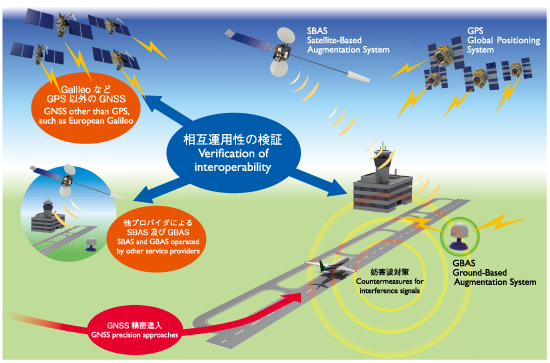Construction of Satellite Navigation Backup (APNT) for RNP Deployment in all Flight Phases
The introduction of RNP routes in all flight phases to ensure efficient aircraft operation is progressing. Since the ability to autonomously fly a route is required in RNP routes, only GNSS equipment with monitoring and alert capabilities are currently used. However, GNSS technology can be vulnerable. Hence, backup navigation needs to be built.
In this study, we are advancing research that uses positioning via DME as a backup by enhancing the monitoring and alert capabilities of ground DME facilities. In addition, we are conducting research on a multi-DME method that realizes high-precision positioning by using multiple ground DME facilities while enhancing monitoring and alert capabilities by detecting and eliminating DME ground stations that are above the limit, owing to multipath properties.
